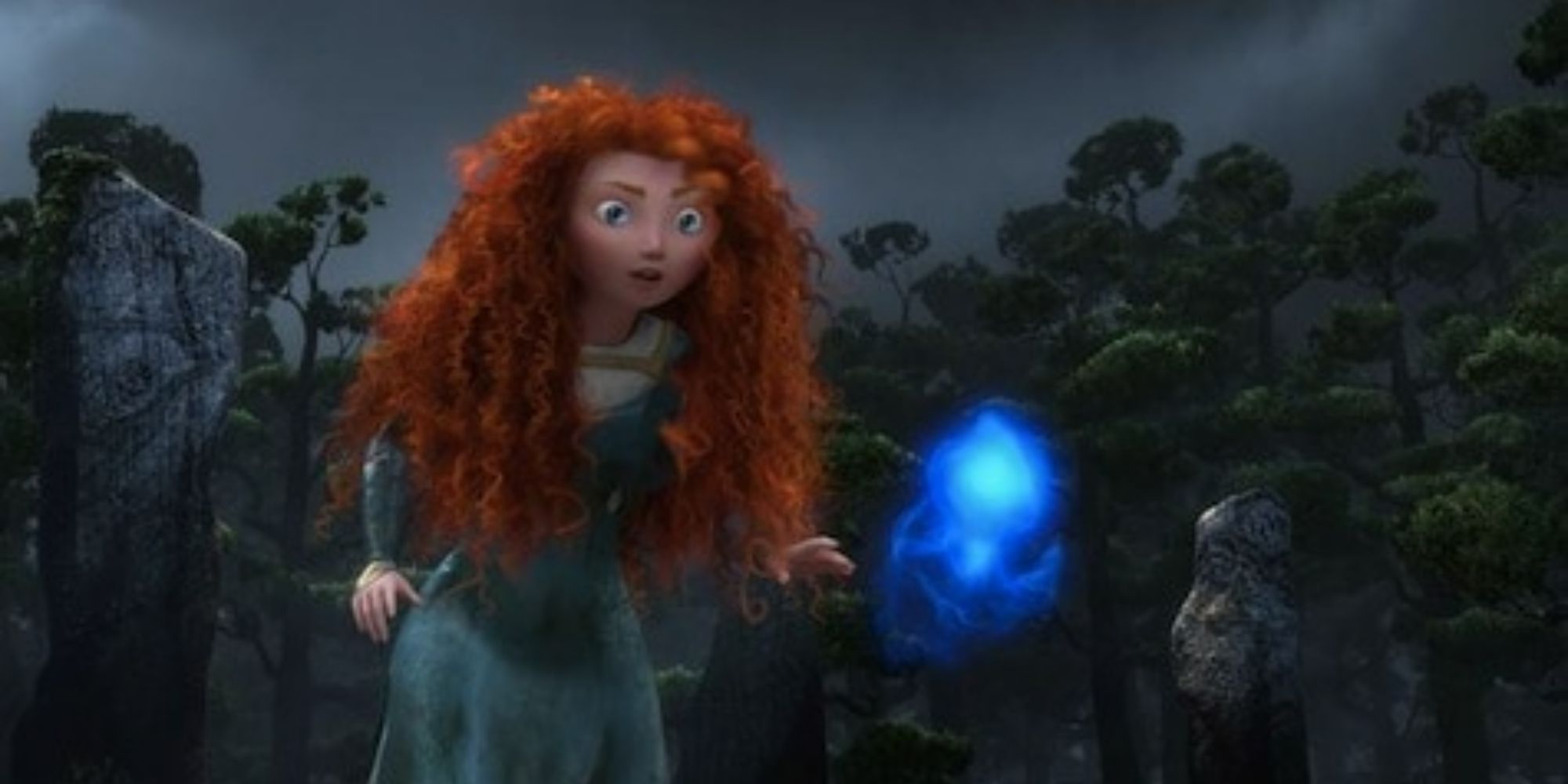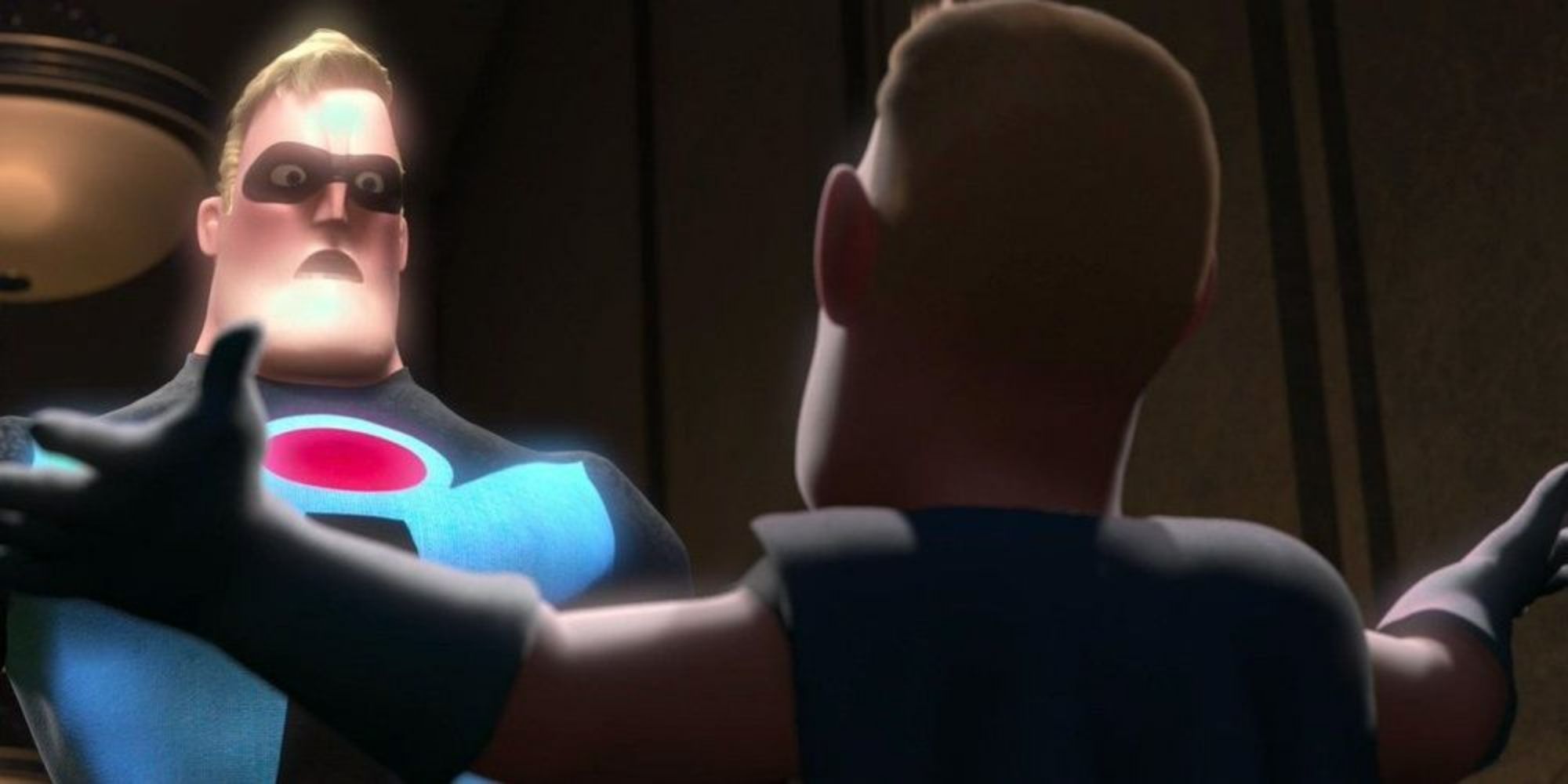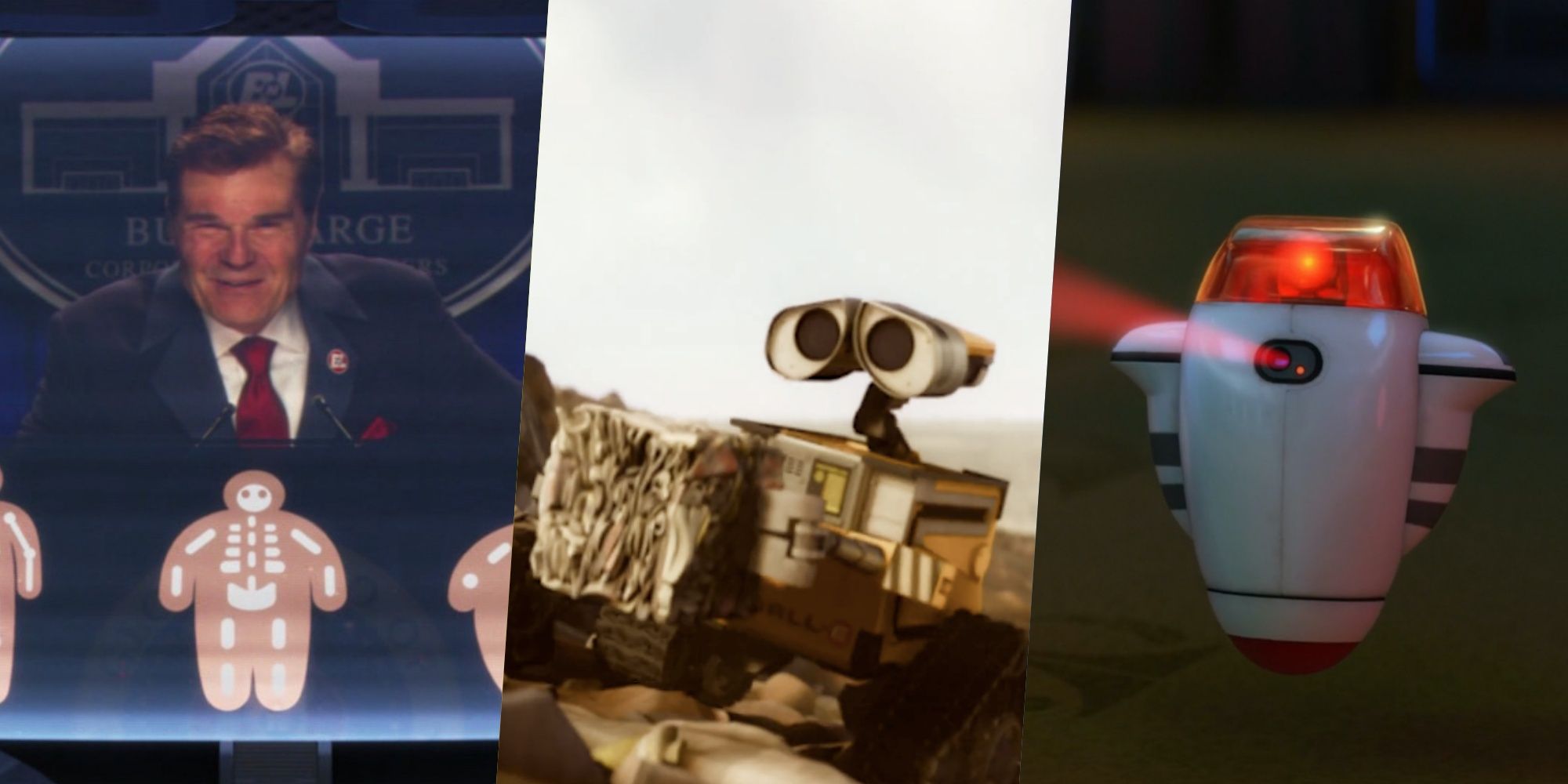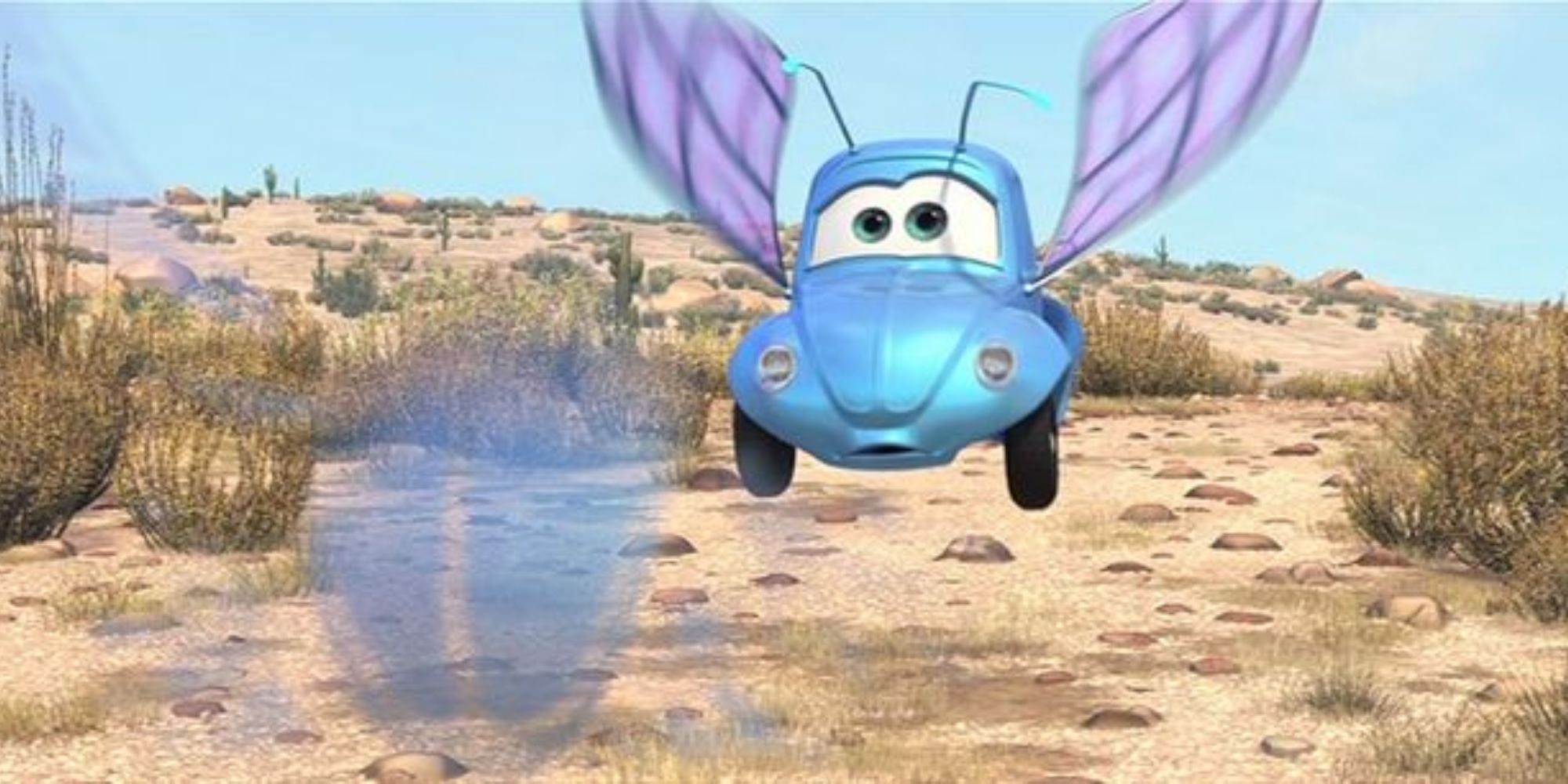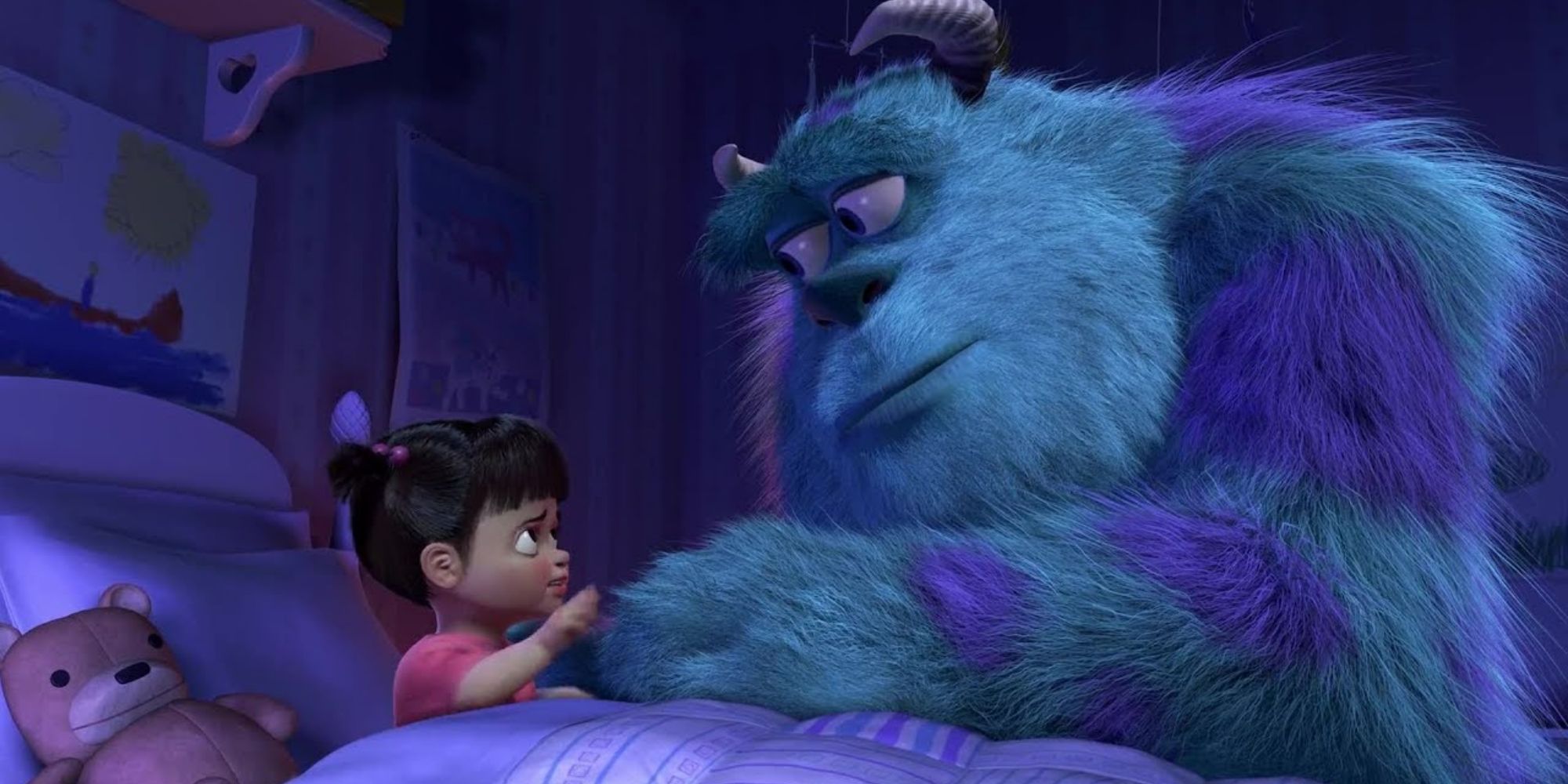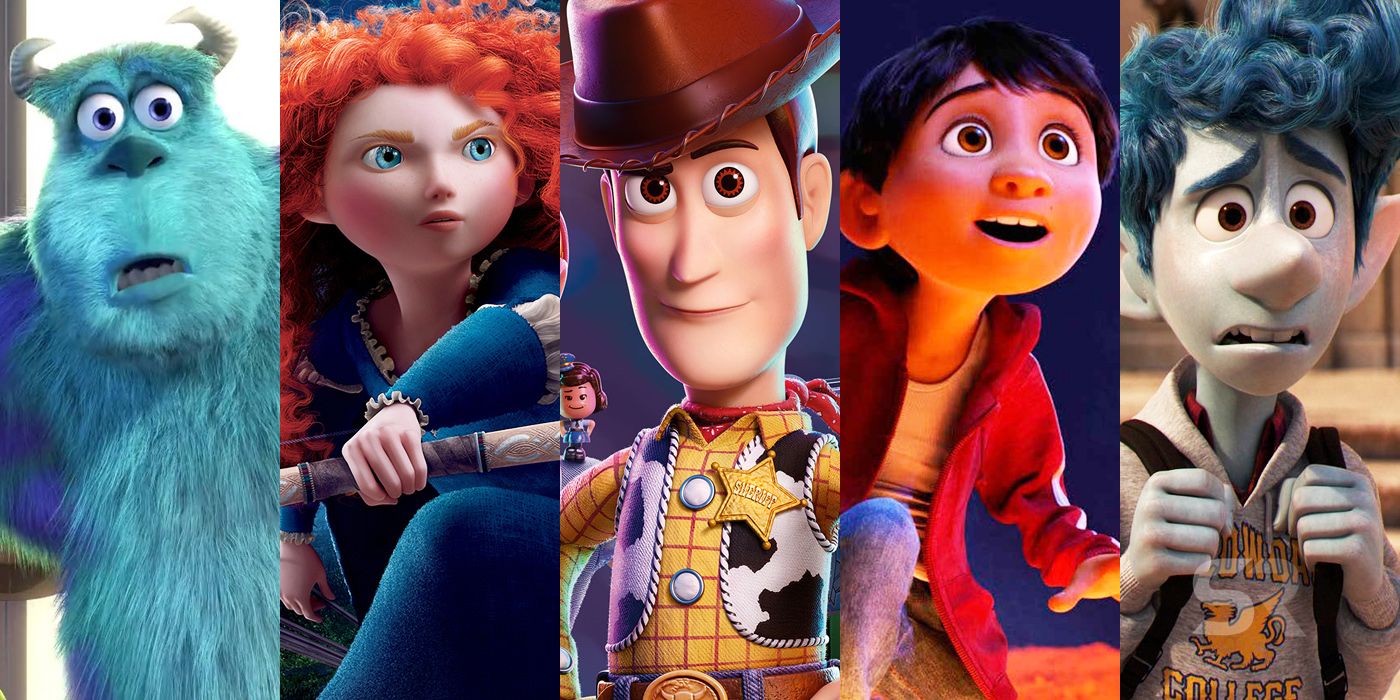6 Biggest Reasons The Pixar Theory Doesn’t Work
Though the Pixar Theory has grown in popularity over the years—and is fun to think about—it just doesn’t work. The theory states that all the stories told in Disney Pixar movies exist within the same universe and follow a particular timeline. Of course, the existence of civilizations made up entirely of autonomous cars or humanoid animals should add a complicated element to this idea, but the theory comes ready with concepts of time travel, wars between humans, animals, and machines, and Celtic magic to make it make sense—but not very successfully.
The Pixar Theory came from author and podcaster Jon Negroni in 2013, who noted on his website that it isn’t meant to be taken too seriously. Still, many die-hard animation fans have taken the theory to heart since it explains the famous Easter eggs hidden in Pixar films. The basic premise of Negroni’s idea is that the Pixar timeline (presented here) follows Boo from Monsters, Inc., who uses the magic of the doors to travel through time and space looking for Sulley and leaving behind Easter eggs until she winds up in 10th century Scotland as Brave‘s witch. Of course, there are quite a few holes in this concept.
6 The Will O’ The Wisps Weren’t the Foundation Of Magic In Brave
The Pixar Theory involves a paradox that sees Boo from Monsters, Inc. use the magic of the doors to go back in time to Brave, where she discovers the magic of the will o’ the wisps, which she harnesses and releases into the world to create superheroes in The Incredibles, bring the Toy Story toys to life, and create human-like animal universes (like A Bug’s Life, Finding Nemo, and Ratatouille). It is even supposed to be the power that allows Boo’s doors to work. The foundation for this is that the will o’ the wisps’ magic proved it could turn people into animals in Brave—and that’s it.
The idea that the magic at work in Brave could be the center of every Pixar movie is already an uncomfortable stretch, but it also depends too heavily on the will o’ the wisps, which were never even implied to be the source of the witch’s power to turn Merida’s mother into a bear. In fact, the wisps came straight from Celtic mythology. They didn’t have magic to share but were known to lead those following them to their fate. For Merida, this fate was the witch. For others in Celtic history, this was simply a fall into deadly marshes.
5 The Incredibles Defeated Buddy & His Gadgets (Not The Other Way Around)
The next film in the Pixar Theory timeline after Brave is The Incredibles, where the will o’ the wisps magic was supposed to have, over centuries, created superheroes. But Buddy (a.k.a Syndrome) developed advanced A.I. to compete with the supers. This would eventually lead to stories like Wall-E, where robots begin to take over the world of humans, and then even further down the line, Cars, where humans have been entirely wiped out to be replaced by a civilization of vehicles.
The problem with this part of the theory is simple: The Incredibles defeated Buddy and his inventions in The Incredibles. Since the machines were on the losing side of this battle, it seems like even more of a stretch to say that this was the start of a world run by machines and the elimination of supers. Even if Buddy had won, nothing he invented was at the A.I. level that could explain entirely wiping out humanity. So, it’s too thin a foundation to rest an entire theory on.
4 Wall-E Strongly Implies Humans Were Successful At Surviving On Earth
Several centuries passed between The Incredibles and Wall-E, in which the magic from Brave and Syndrome’s tech made animals evolve in intelligence and eventually war with the humans of Earth. The result was some kind of apocalypse, which forced the humans to go into space until their world was livable again. According to the Pixar Theory, this stint away from Earth was when the Cars civilizations ran the world (even though humans frequently sent robots to Earth to check on things and never saw this).
The Pixar Theory dictates that after the humans returned to Earth at the end of Wall-E, they could not survive and died off entirely. This made way for the existing animals and bugs to evolve into the advanced civilization seen in A Bug’s Life and, eventually, the far more mutated Monsters, Inc. However, this would render the entire plot of Wall-E pointless. The movie’s end strongly implies that humans would successfully reclaim the Earth and set things right. Saying that they all died off only serves to build this theory—and it just isn’t enough.
3 The Monsters, Inc. Monsters Couldn’t Have Evolved After The Cars Civilization
Since humans were up in space for several centuries because of the plot of Wall-E, it’s thought in the Pixar Theory that cars ruled the planet during their absence (as seen in Cars). It’s unclear what happened to the vehicles when humans returned at the end of Wall-E. Still, the theory states that over a few centuries, the bugs and animals of the planet evolved first into the bugs of A Bug’s Life and then into the monsters of Monsters, Inc. However—there were no bugs and animals on Earth during the events of Cars for them to evolve from.
The Cars movies imagine a civilization on Earth entirely made up of vehicles, and this included all types of life. At one point in the first Cars movie, a swarm of bugs is seen landing on old oil cans, and they are clearly Volkswagen Beetles. This implies that other life forms do not exist in the Cars universe. “Cow tipping” is done with tractors, and insects are tiny Slug Bugs. Therefore, if this film were to exist in the Pixar Theory timeline, there would have been no living creatures left to evolve into monsters.
2 Sully Returned To Boo At The End Of Monsters, Inc.
After monsters supposedly evolved from bugs and animals in the Pixar Theory timeline (over only about 1400 years), they realized they needed humans (who haven’t existed in thousands of years). They used the evolved magical technology that started back with the will o’ the wisps in Brave and Syndrome in The Incredibles to create doors that could transport them back to Earth’s past, where they could scare humans into providing screams to power their city. This is where Sulley met boo, and their Monsters, Inc. story played out.
Boo is the foundation of the Pixar Theory, with the idea that she discovered the magical secrets of doors and traveled through time and space for all eternity looking for her “Kitty” because she never got over losing him. However, this makes no sense since Monsters, Inc. ends with Mike Wazowski surprising Sulley with Boo’s reconstructed door and “Kitty” going through to be reunited with Boo. It’s assumed the duo stayed close for years to come – especially with the new positive relationship between monsters and humans – so there’s no reason for Boo to become a time-jumping witch.
1 Pixar Easter Eggs Have Never Been Literal
The conversation surrounding the connection between Pixar movies starts with the many Easter eggs that audiences have noticed within the films. Sulley can be seen among the witch’s wood carvings in Brave, which inspired the idea that she was actually Boo. The Pizza Planet truck from Toy Story is seen in just about every Pixar film, whether the characters are human or not, implying interdimensional travel. These connections are fun to think about, and theories are relatively easy to build based on this. However, the Easter eggs were never meant to be taken literally.
Easter eggs within Pixar movies (or Disney in general) are meant as more of an artist’s signature or a fun nod at old classics. They bring audiences in on the joke, especially adults who have been watching these films for years. In a sense, the presence of the Pizza Planet truck or familiar faces is a way of breaking the fourth wall for the sake of comedy. They certainly weren’t meant to imply that the Pixar universe has been through wars between humans, machines, and animals. In the end, just like the Pixar Theory, they are only good for a laugh.




